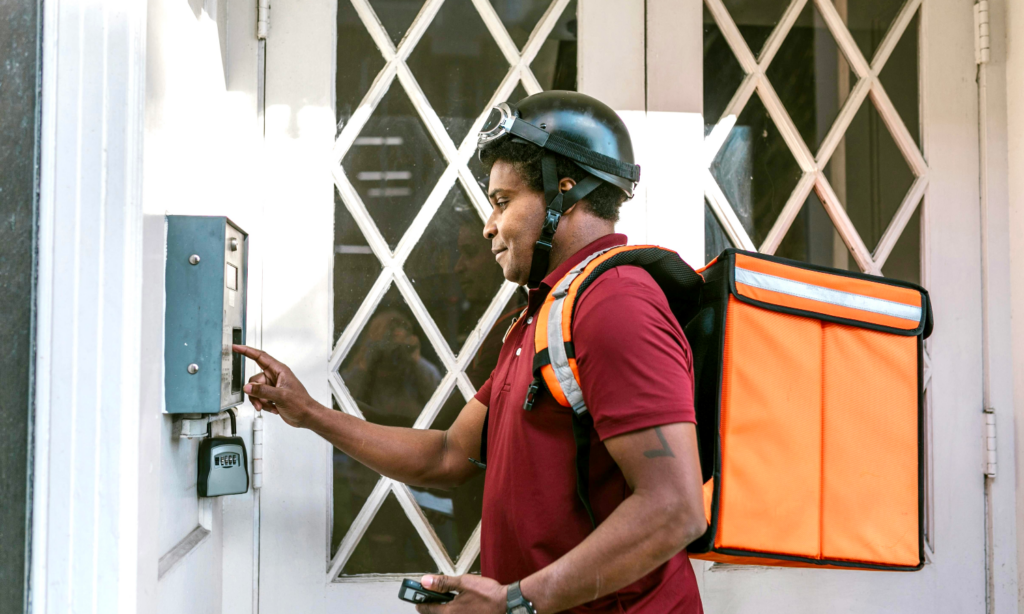1. Know what you can deduct and what you can’t
Deducting business expenses from self-employment income is both a benefit and a curse. On the one hand, it’s a way to reduce taxes. On the other hand, you have to be careful to not deduct an expense that’s going to get a negative reaction from the Canada Revenue Agency (CRA), which administers federal tax laws and most provincial/territorial tax laws.
For example, avoid deducting clothing or gym memberships, even if you feel they’re essential to your work. And carefully track the context of your meal deductions. For business meetings, write down who you were with and what you discussed. For out-of-town business/work trips, record where you were, why and for how long. Also note that only 50% of eligible meal and entertainment expenses are tax-deductible.
2. Track your mileage
If your work involves using a vehicle—be it a car, van, bicycle or e-bike—that you also use for personal activities, you’ll need to keep track of your mileage for business versus personal purposes.
You can use a paper logbook or an app that tracks your mileage using GPS, which you can turn on at the beginning of your work time and turn off at the end. Use this mileage to calculate the percentage of vehicle use that is business-related, then multiply that percentage by the total cost of operating the vehicle, including fuel, maintenance and repairs. For example, if you put 10,000 kilometres on the vehicle in the year and 7,500 kilometres (75% of the total) were for your business, you can deduct 75% of the vehicle’s operating costs.

3. Have a system for keeping receipts (and keep it simple)
If you spend money for work, such as paying for gas, car maintenance, etc., keep the receipts. These are proof of your “business expenses” for tax purposes.�
You don’t need a fancy bookkeeping system, just an easily accessible place to drop receipts as you receive them—like a box for paper receipts and a folder on your computer for digital receipts. The key is to keep your method consistent, so you can track tax-deductible expenses and find receipts if the CRA asks to see them.
4. Hang on to your records for seven years
Receipts and invoices from vendors for your business deductions are called “supporting documents,” and you must keep them for seven years (or six years after you file a given year’s tax return) in case the CRA asks to see them. It’s a good idea to keep the folders for each year together, so you can easily go back up to seven years if the CRA asks for information. Once the tax return has been in the CRA’s hands for six years, you can destroy the supporting documents for that year.
5. Make copies of receipts that fade
Speaking of seven years, one type of supporting document that will not survive that long is a receipt that fades. You know the ones: they’re printed on that shiny paper, and the print can start to yellow before you even get them out of your pocket and into your storage box. If you’re ever audited, the CRA won’t look kindly on illegible or blank receipts.
